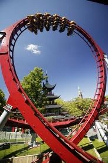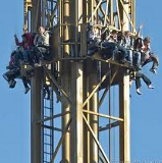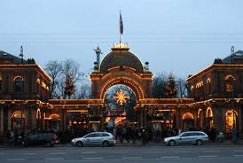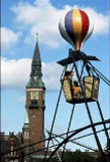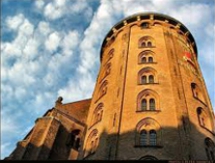
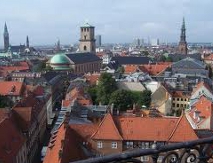
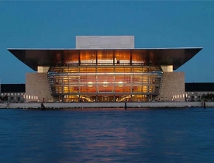
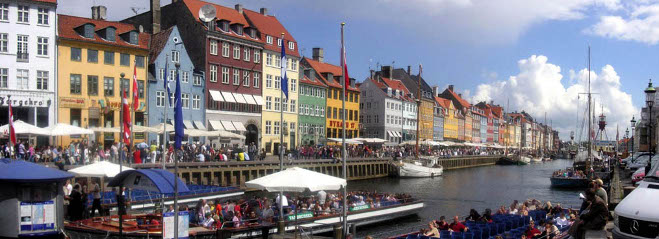
The beautiful capital of Denmark is an intimate, modern and international city with a metropolitan feel to the dynamic city center. Cobblestone-streets and bicycle lanes lead you through shopping districts such as Stroget and Kongens Nytorv, down to the buzzing harbour area of Nyhavn with it's many bars and cafés, or by the numerous parks and green areas of the city. Copenhagen offers you ancient castles, Danish design and fashion and famous sights such as The Little Mermaid, The Round Tower and Tivoli. Maybe this is why wonderful Copenhagen is said to be home to "the happiest people on earth".
Though there is evidence that Copenhagen existed as a settlement over 6,000 years ago, its first written record did not come until 1043. Traditionally the foundation of Copenhagen has been dated to Bishop Absalon's construction of a castle on the small island of Slotsholmen in 1167 where Christiansborg Palace stands today. Recent archeological finds however indicate that by the 11th century, Copenhagen had already grown into a small town with a large estate, a church, a market, at least two wells and many smaller habitations spread over a fairly wide area. Originally Copenhagen was simply called Havn (harbour), and the contemporary Danish name is derived from the later Køpmannæhafn (merchants' harbour or buyer's haven). The element hafnium is also named for Copenhagen, whose Latin name is Hafnia. Today Copenhagen is the largest city in Scandinavia and with the completion of the transnational Oresund Bridge in 2000, Copenhagen has become the centre of the increasingly integrating Oresund Region. Within this region, Copenhagen and the Swedish city of Malmö are growing into one common metropolitan area and can boast to be the largest IT-cluster in Scandinavia with nearly 100,000 employees.
Copenhagen is placed on the eastern coast of Zealand. See map of Copenhagen



Frederiksberg Garden (Lovely park near the Conference center)
Amalienborg Palace (The royal couple's winter resicende)
National Museum (Denmark's largest museum of cultural history)
National Gallery of Denmark (Art museum - early Renaissance to contemporary)
Tivoli (Amusement park)
Carlsberg Brewery (Free guided tours)
Christiania (Copenhagen's "free town")
Strøget (Shopping street)
The Round Tower (The oldest functioning observatory in Europe)
The Little Mermaid (The world famous statue)
Canal Tours (60-minute guided tour of the harbour and the canals)
Nyhavn (This site is only in Danish!)
Operaen (The new opera house)
